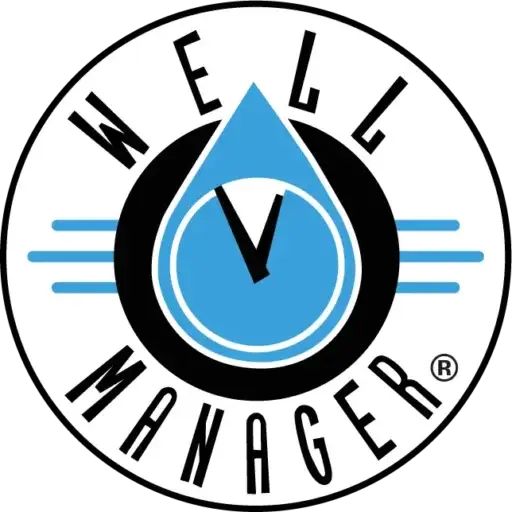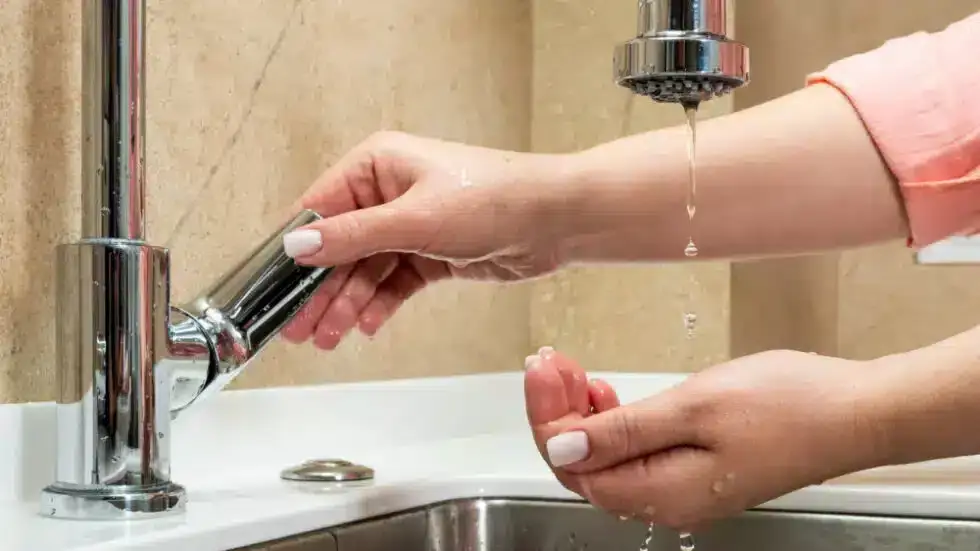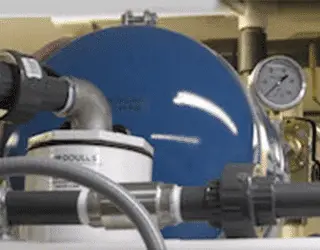How To Increase Well Pump Pressure?
How to increase water pressure? Living with low water pressure is no picnic. You’ll understand this if you’ve ever tried rinsing soap and shampoo off under a trickling showerhead or waited what seems like hours for your tub or washing machine to fill. Don’t despair. There are steps you can take to increase your water pressure even if your supply comes from a low yield well.
What Causes Water Pressure to Drop?
The first step to fixing any problem is to identify the cause. And that applies to correcting low water pressure, too.
Several factors can contribute to your water pressure issues – some environmental and some mechanical.
Environmental Factors
Supply and demand – If your water pressure problems are sudden, consider whether there has been any recent change in your water usage demands. Adding a new bathroom or installing an irrigation system will increase the demand on your water supply, so will hosting overnight guests. The former situation is long term and could have an adverse effect on your water pressure, while the latter scenario is short term, and most likely, less impactful.
Drought – Wells, for the most part, are built to withstand dry periods, but when you go for an extended time without rain, your water supply dwindles, and this adversely impacts your water pressure.
Mechanical Factors
Wells and well pumps – There are various styles of well pumps – centrifugal, submersible, jet – and not all are designed to work with every type of well. Making sure you have the right pump for your well is important, as is keeping up to date with the service requirements specific to each type of pump.
Pipes and fixtures – Over time, mineral build ups can clog your pipes, showerheads and faucets reducing the flow of water. What you thought was a water pressure problem could actually be a constriction of water flow. Also, pipes can crack and leak with age. When this happens, some of your water supply is diverted through those cracks on its way to your household outlets.
Closed valves – When your main water valve or pressure regulating valve is partially closed, it will restrict the flow of water through your pipes. This can happen inadvertently especially if you recently had work done in your home.
Boost Water Pressure
6 Steps to Increase Water Pressure With a Well
- Check your well and well pump to make sure they are in working order and all service is up-to-date.
- Measure your pressure by attaching a pressure gauge to a water tap (with all other faucets and water-using appliances off). Readings of 40 psi or below indicate low water pressure; 60 psi is consider good; while 80 psi is too high.
- Check for leaks. Replace broken pipes and repair leaky faucets to improve water pressure.
- Clear clogs resulting from mineral build up on shower heads, faucets and in your pipes. More severe clogs may require a plumber’s services.
- Check your main water valve or pressure-reducing valve to make sure it is fully open.
- Install a water pressure booster pump. When all other remedies fail, consider installing a booster pump like Well Manager’s ConstaBoost water pressure booster pump system.
For more information on how ConstaBoost can help you increase water pressure in your home, contact Well Manager today.
How to Increase Water Pressure with a Well
Home water wells have long been the lifeline of many homes as the sole source of a steady fresh water supply. Unfortunately, those living with a well know lack of water and low pressure. Living in a home like this is not easy because so much of daily life is disrupted. With minimal water and low water pressure, it is difficult to shower, do dishes, and clean clothes; this becomes even more difficult for homes with multiple people. Increasing water pressure from a well might seem like a straightforward endeavor, but there are potential pitfalls one must be wary of. When attempting to increase pressure, many things can help and hurt.
Understanding the Basics of Water Pressure
Water pressure is the force with which water flows through pipes and faucets. It is vital for daily tasks such as showering, washing dishes, and watering plants. Maintaining and improving this pressure becomes crucial when reliant on well water.
Steps to Increase Water Pressure
- Gauge the Current Pressure:Knowing where you stand is vital. Use a pressure gauge on an outdoor faucet to measure your current pressure.
- Inspect for Leaks:A pressure drop might be due to leaks or blockages. Regular inspections can nip these issues in the bud.
- Adjust the Pressure Switch:This switch controls the water pump. Minor adjustments can make significant differences, but be cautious not to stress the system.
- Consider a Pump Upgrade:If your current pump is aged or lacks the necessary capacity, consider upgrading. Make sure any new pump is compatible with your well system.
Common Catastrophes to Avoid
- Overworking the Pump:Increasing pressure might tempt some to overwork their pumps. However, pushing a pump beyond its designed capacity can lead to early wear and eventual failure. This is often a costly mistake, leading to pump replacement and possible water contamination if the pump breaks down while operating.
- Ignoring Warning Signs:It’s easy to overlook subtle signs, thinking they’re trivial. However, slight fluctuations in water pressure or unfamiliar noises can be early indicators of looming system failures. Addressing these early on can prevent significant system breakdowns or even costly overhauls.
- Neglecting Regular Maintenance:A well-oiled machine always performs best. In the context of wells, forgoing routine maintenance might seem cost-effective in the short run. Still, in the long haul, sediment buildup or corroding components can compromise the entire system, leading to significant repair expenses or even the need for a completely new setup.
Our Well Manager and Well Watcher systems are guaranteed to increase your water supply and the flow rate. Regardless of the size of your home and the number of people living in it, our systems are guaranteed to get the job done. To get a clear understanding of your well and water situation, you should give our talented team a call.
Related Reading
- How Well Manager Keeps Your Home’s Water Supply At Optimal Pressure
- Who Used All the Water?!?!—Understanding Your Well Recovery Rate
- Three Ways that Low Water Pressure Can Ruin Your Day – And How to Fix It
- Why You May Experience a Drop in Water Pressure While Working from Home
- You Have Plenty of Water, Just Not When You Need It – How A Booster Pump Can Help




